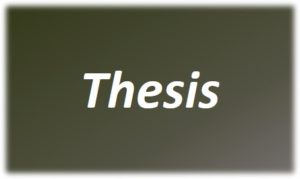
Miller, Gretchen R., (2003). Numerical modeling of focused remediation using a groundwater circulation well. M.S. Thesis, University of Missouri – Rolla. http://scholarsmine.mst.edu/masters_theses/2432/
Groundwater circulation wells (GCWs) allow for the in situ treatment of contaminated water resources. Focused remediation with a GCW could be used to treat groundwater before it enters an existing domestic well already in use. GCWs have been installed at the former Nebraska Ordnance Plant; the model originally developed for these was slightly modified and used to perform a feasibility study of a focused remediation system.
If the focused remediation system works properly, the capture zone of the domestic well should be within the recharge zone of the GCW. Deterministic modeling with capture zone analysis indicated that a GCW installed on the site should be placed at least 100 ft. directly up-gradient of an existing domestic well. A deviation of up to 25 ft. off-center of the hydraulic gradient may be permissible. A GCW flow rate of 25 to 50 gpm would provide a sufficiently large recharge zone.
Stochastic analysis indicated that the system was sensitive to horizontally variable hydraulic conductivity. The maximum capture areas of the wells expanded in size when modeled stochastically. Particles in some areas up-gradient of the GCW had a less than 1 percent probability of capture by the domestic well; all other particles that the domestic well captured had a greater than 90 percent probability of coming from the GCW. Transient simulations determined that temporal variations in domestic well flow rates caused cyclic fluctuations of its capture zones.
Modeling results indicate that a GCW focused remediation system could be a feasible water supply replacement alternative.
